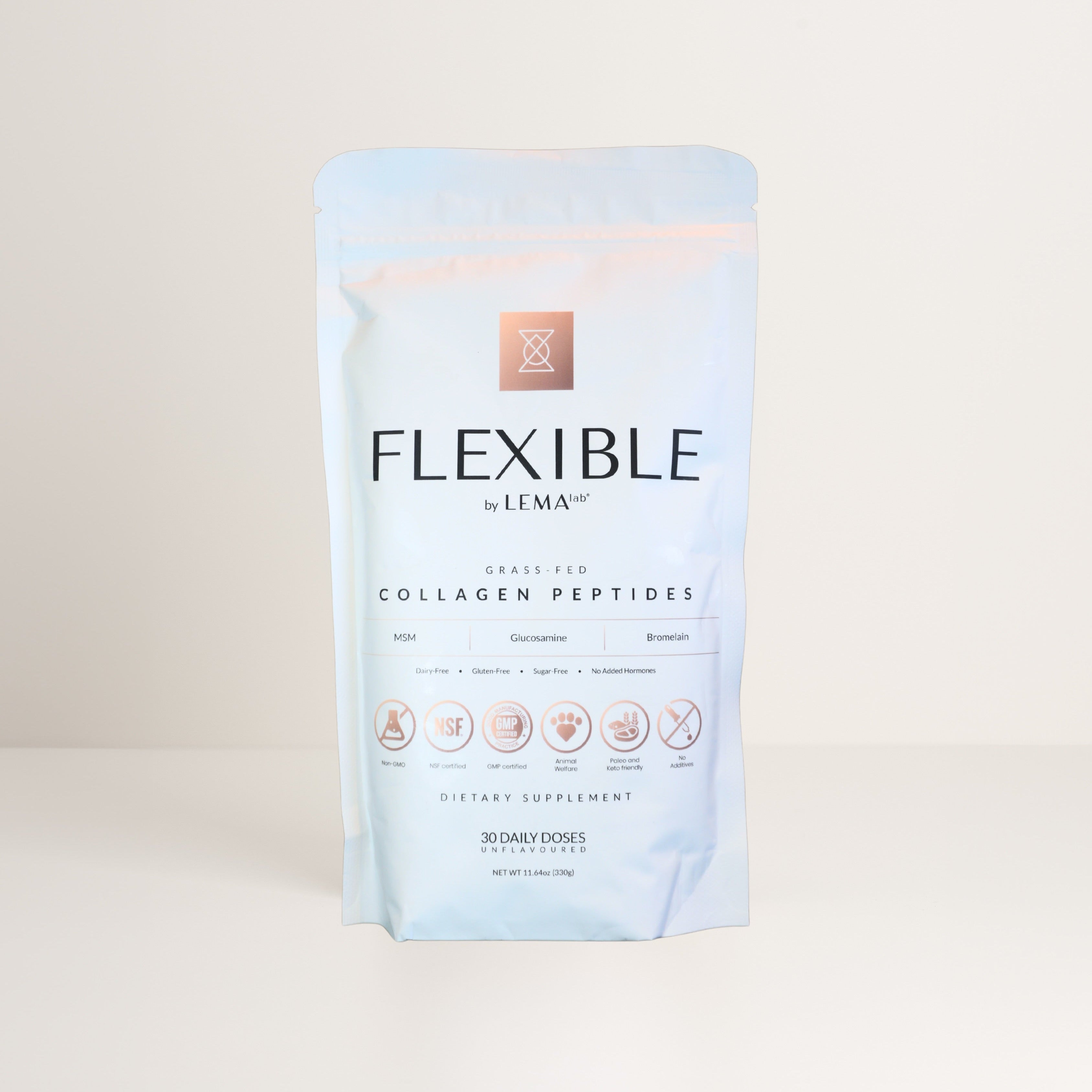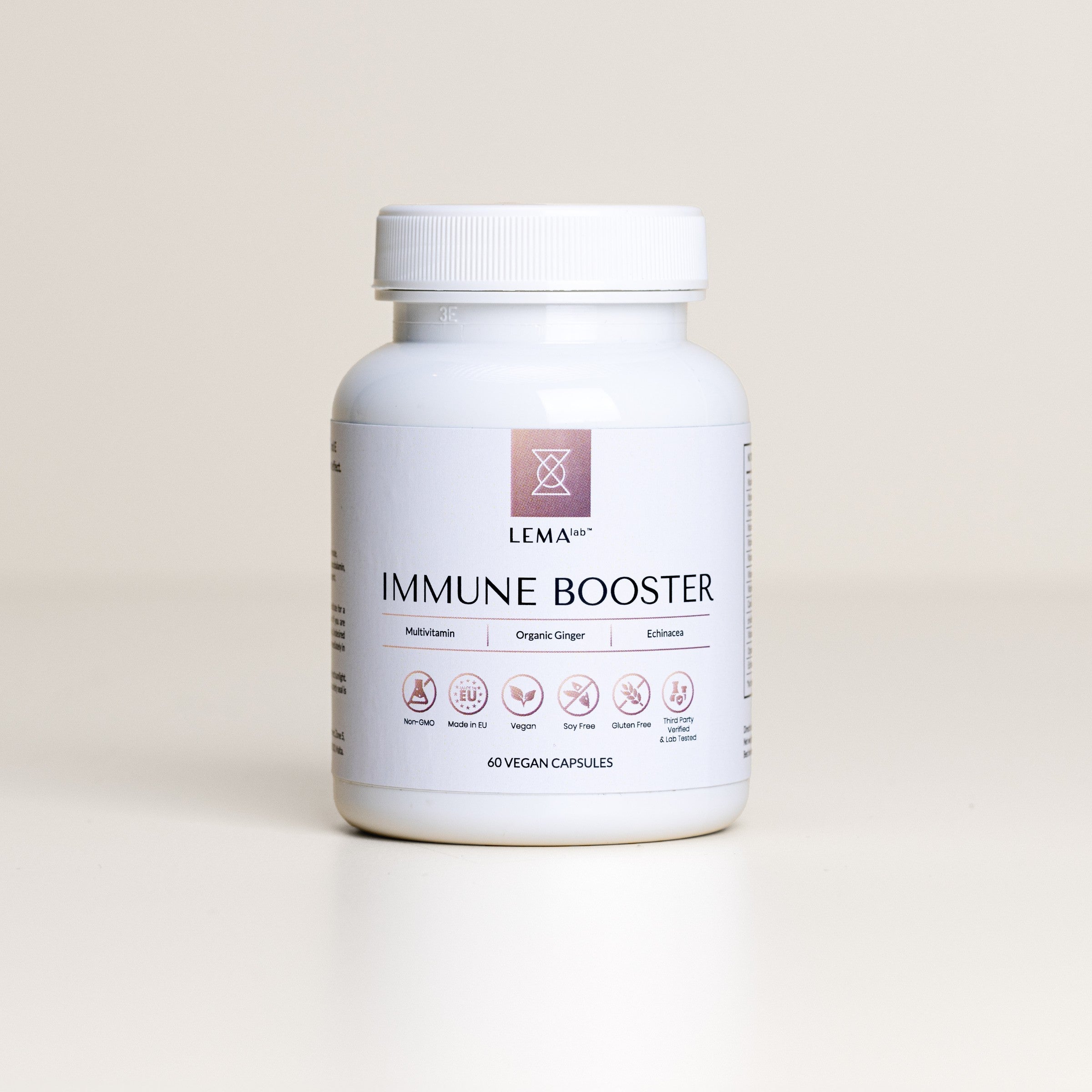
RESISTANCE TRAINING FOR FAT LOSS: NEW EVIDENCE
SHALL I DITCH THE TREADMILL FOR THE BARBELLS?
Weight training is widely recognised for its beneficial effects on our health and wellbeing, beyond simply building muscles and strength. For instance, scientists have found that resistance training can improve posture, keep bones strong and healthy, boost energy levels, and even help us lose and maintain weight. It also has emotional and psychological benefits. These benefits of weight training are important for us all, especially as we start to age. But the reasons why weight training has so many positive effects are less clear. Pushing our muscles—and bodies—naturally helps them to improve, but how does this actually work? Luckily for us, researchers are starting to untangle the mysteries of the cellular-level changes that occur when we exercise, which has some striking answers for why and how exercising affects our bodies.
One of the most interesting phenomena that has emerged over the last decade is ‘cellular crosstalk’, a process by which our cells and organs communicate. They do this by sending out little bubbles of information known as ‘extracellular vesicles’. While these vesicles were once thought to just remove waste from our cells, it was recently discovered that they actually contain a ‘cargo’ of genetic material that is capable of regulating the cellular pathways of target cells1. Since this discovery, these vesicles have been identified as playing a role in a huge range of physiological and pathological functions in the human body, including ageing, cancer, infectious diseases and obesity2.
MUSCLES AND FAT CELLS COMMUNICATE
Our muscles—which make up around 40% of our body weight—play a leading role in this process. Muscles are an integral part of whole-body metabolism3, and there is growing evidence that they act as an endocrine organ4—that is, they release hormones directly into the circulatory system to regulate distant target organs as part of our body’s messenger system. More importantly, several scientists have identified that exercise causes our muscles to release these messages in greater amounts, with the intensity of the exercise also playing a key role3.
Now a new study by scientists at the University of Kentucky has found that vesicles released from our muscles act as a direct link between exercise and fat metabolism5. The researchers looked at the effects of ‘mechanical overload’—a type of accelerated resistance training—in mice and confirmed that these vesicles are released in high quantities from the muscles to the bloodstream during exercise. More importantly, they found that these vesicles aim directly at fat cells known as ‘adipocytes’. Once there, the information they carry—a type of microRNA named miR-1—tells the adipocytes to break down by a process termed lipolysis, which is where fats are broken down in our bodies through enzymes and water. The scientists also confirmed that this pathway exists in humans by measuring the amount of miR-1 and miR-1-containing vesicles in the muscles and blood plasma of healthy volunteers after an intensive lower-body weights workout. The results were the same as those in mice, indicating that resistance training has a direct effect on fat metabolism in humans. In other words, working your muscles intensively—through weight training for example—causes your muscles to send a message to your fat cells that triggers them to break down.
EVEN IF THE TRAINING IS SHORTER, THE AFTER-BURN IS GREATER.
While this is the first study to map out this direct cellular pathway between weight training and fat metabolism, it adds to a growing body of research on how exercise affects lipolysis and weight loss. In an article published last year, scientists from the Institute of Metabolic and Cardiovascular Diseases in France6 reviewed research on the influence of exercise on lipolysis. They reported that, while high intensity exercise tends to have a lower rate of fat burning during the workout itself, because it tends to be shorter and therefore burn less calories than less intensive workouts, weight training is ultimately better for fat loss because it continues to have fat-burning effects in the post-exercise recovery period, which lasts for 24 to 48 hours6.
Other researchers have reported that fat metabolism is increased when exercising the day after a workout, compared to exercising after a rest day, even when exactly the same activity is performed. This is because the muscles are still low on food from the previous workout7. In a similar manner, exercising in the fasted state—or after a high-protein breakfast8—has been shown to increase whole-body fat metabolism9. (Read more on Time-Restricted Eating)
CHOOSING OUR PHYSICAL ACTIVITY ACCORDING TO OUR GOAL
These studies all show that how and when we exercise can have a major effect on fat utilisation. This highlights the importance of researching and understanding the mechanisms behind how our bodies work. Hopefully, this new study will lead to more research on the cellular-level changes that occur when we exercise, and how this translates to real-world training regimes. By understanding the mechanisms in more detail, we can make better choices about the exercises we do and when we do them to achieve a certain goal. Perhaps we’ll even be able to find new ways to enhance these innate mechanisms that will help us to further meet our goals.














Leave a comment
This site is protected by hCaptcha and the hCaptcha Privacy Policy and Terms of Service apply.